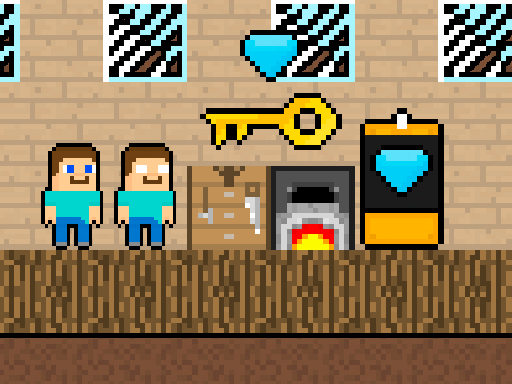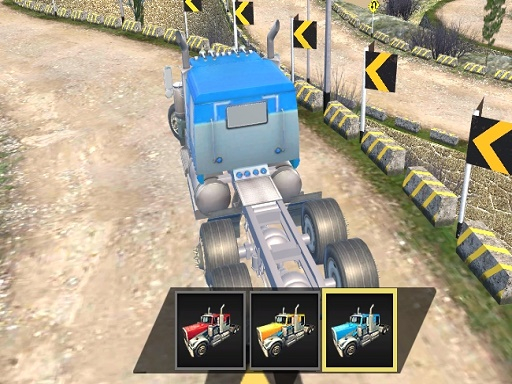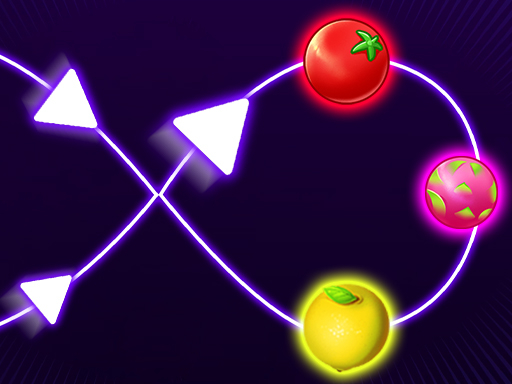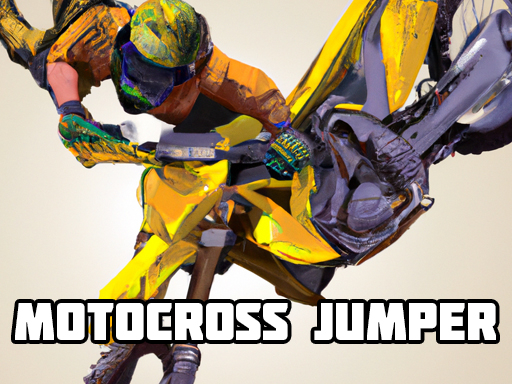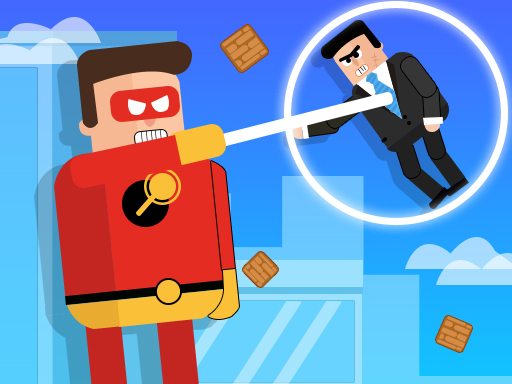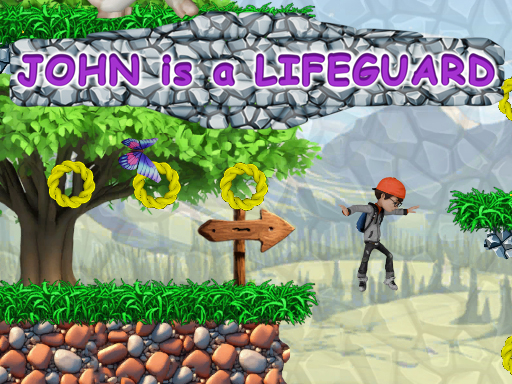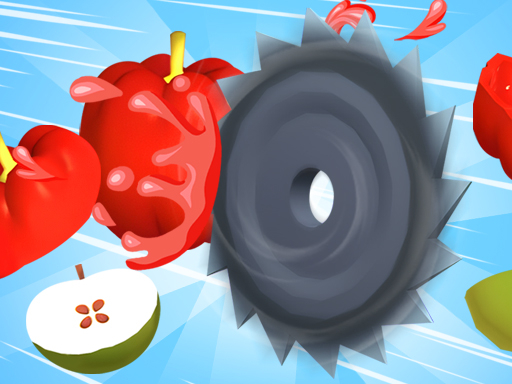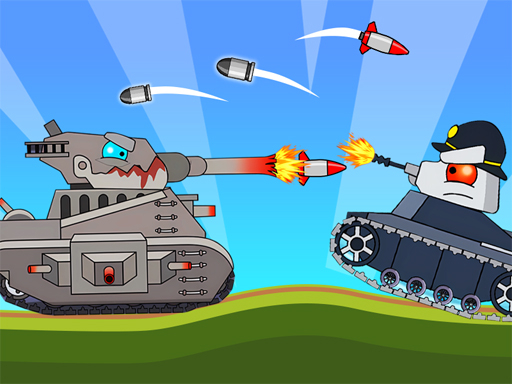Playing HTML5 games with a custom controller can significantly enhance your gaming experience. Whether you're using a gamepad, arcade stick, or even a DIY controller, setting it up correctly ensures smooth gameplay and compatibility. Here’s a step-by-step guide to help you get started.
1. Choose the Right Controller
Before setting up your custom controller, ensure it is compatible with your device and browser. Common options include:
USB gamepads (Xbox, PlayStation, third-party controllers)
Bluetooth controllers (mobile gamepads, console controllers)
DIY Arduino-based controllers
Keyboard remappers and macro controllers
2. Connect Your Controller to Your Device
Depending on the type of controller, follow these connection methods:
USB Controllers: Simply plug the controller into an available USB port. Most modern browsers will recognize it automatically.
Bluetooth Controllers:
Enable Bluetooth on your device.
Put the controller into pairing mode (check manufacturer instructions).
Connect it via the device’s Bluetooth settings.
DIY Controllers: If using a custom-made controller, ensure drivers and firmware are correctly installed.
3. Test Controller Input
To check if your controller is recognized:
Open Gamepad Tester in your browser.
Press buttons and move analog sticks to ensure proper input detection.
If your controller isn’t responding, try using another USB port, reconnecting Bluetooth, or updating drivers.
4. Configure Controller for HTML5 Games
Many HTML5 games have built-in gamepad support. If the game doesn’t natively support controllers, use third-party tools:
AntiMicroX (Windows/Linux) – Maps controller buttons to keyboard keys.
DS4Windows (Windows) – Customizes PlayStation controller inputs.
JoyToKey – Allows complex key mapping for non-supported games.
Steam Input – Useful if playing HTML5 games through a browser in Steam.
Steps to configure:
Open the mapping software.
Assign buttons and analog stick movements to corresponding keyboard/mouse inputs.
Save the profile and test in the game.
5. Optimize Your Gaming Experience
To enhance controller performance:
Enable gamepad API in browser settings (some browsers may require permissions for controller access).
Use a wired connection for reduced input lag.
Customize dead zones in mapping software to prevent drifting issues.
Check game settings – Some HTML5 games allow direct controller configuration.
Conclusion
Setting up a custom controller for HTML5 games can elevate your gaming experience, making gameplay more immersive and intuitive. Whether using an off-the-shelf controller or a DIY setup, following these steps ensures smooth operation and compatibility. Experiment with different configurations to find the perfect setup for your favorite HTML5 games!
